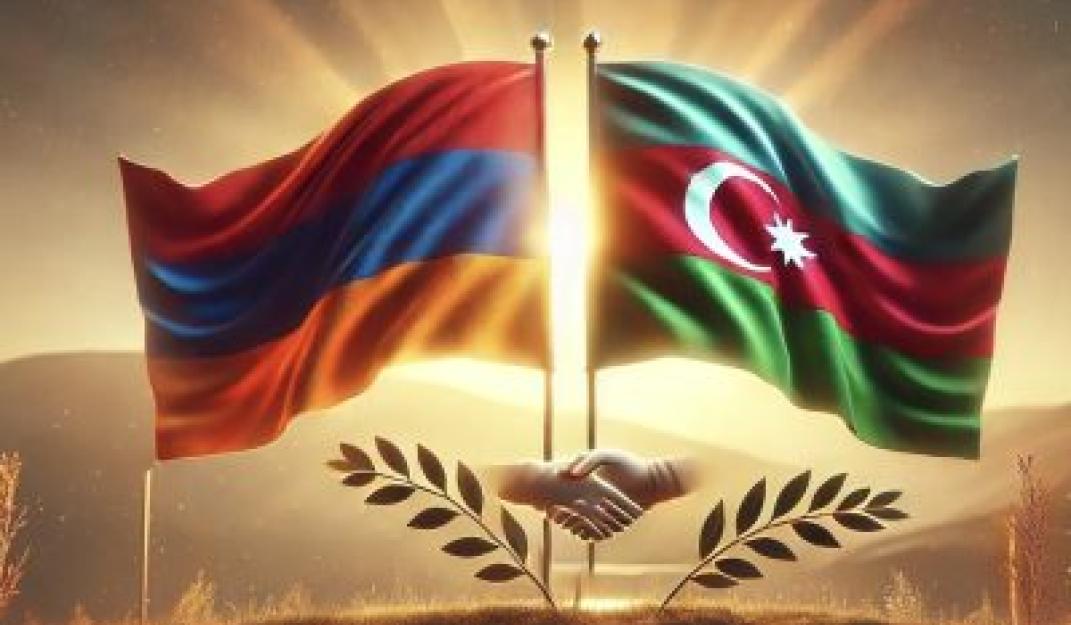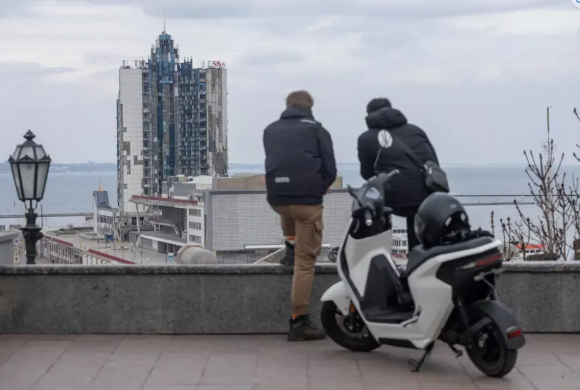Unlocking The Economic Benefits of Peace and Building Local Community Resilience in the South Caucasus

This policy brief presents four interconnected policy areas to foster sustainable peace and cooperation between Armenia and Azerbaijan. These policy areas include (1) building multi-layered institutional dialogue mechanisms, (2) prioritising the needs of densely populated border areas in border-making efforts, (3) restoring bilateral and regional connectivity lines, and (4) connecting multiple layers of society to advance reconciliation.
These policy options address critical challenges and opportunities, focusing on inclusive and human-centered strategies. Together, they aim to provide actionable recommendations that promote trust, cooperation, and long-term stability in the region. Implementing these options would establish platforms for government representatives, experts, and civil society organisations to collaborate through technical and economic communication channels. This aims to promote mutual understanding, build confidence, and advance reconciliation through joint problem-solving efforts.
In an environment where an Armenian-Azerbaijani peace agreement seems closer than at any other time in the history of this conflict, this joint paper for Armenia and Azerbaijan aims to present a set of recommendations that offer practical advice with the hope of implementation. The objective is to facilitate practical Armenian- Azerbaijani dialogue and promote collaborative deliberation on common challenges. These recommendations cover a wide range of topics, from economic development to day-to-day conflict management, and from water resource management to regional connectivity.
The Policy Brief concludes by highlighting the key insights from the policy discussion.

The Hague Research Institute
The Hague Research Institute is an independent non-profit think-tank. Our goal is to provide both local and international audiences with clear policy analysis, opinion articles, and research about Europe’s connections with the South Caucasus and Central Asia.




